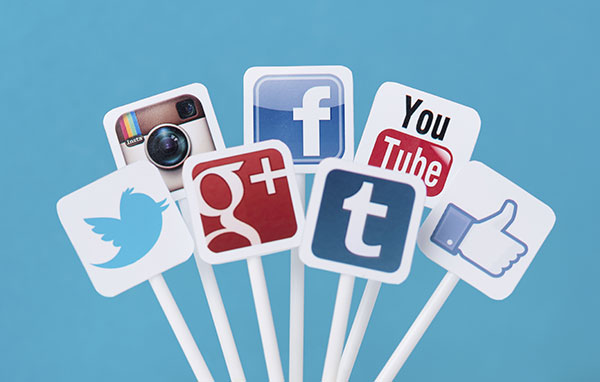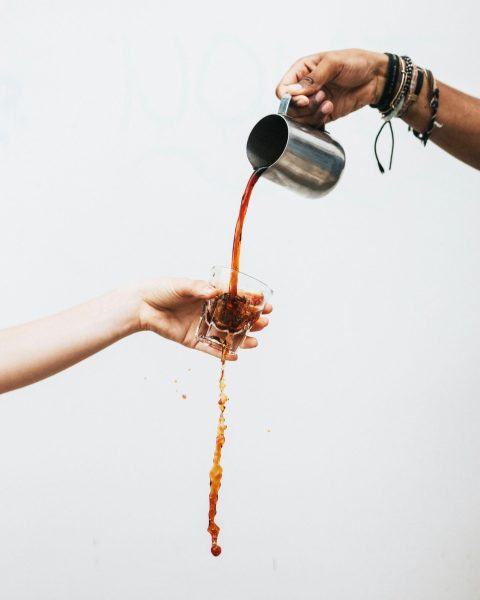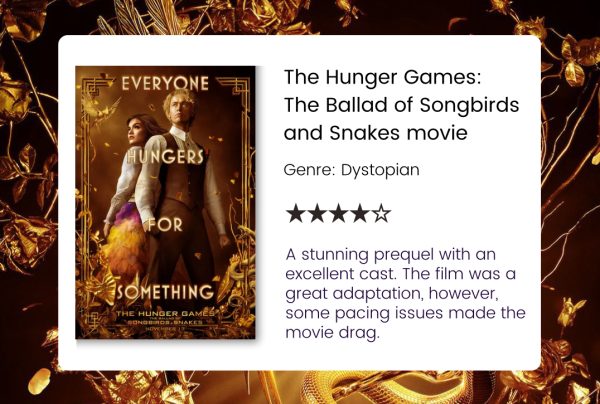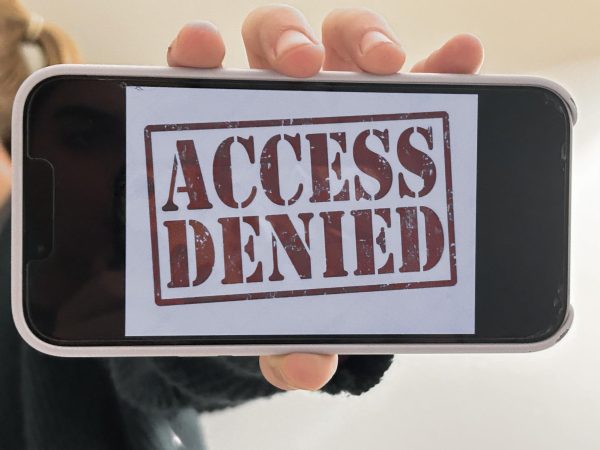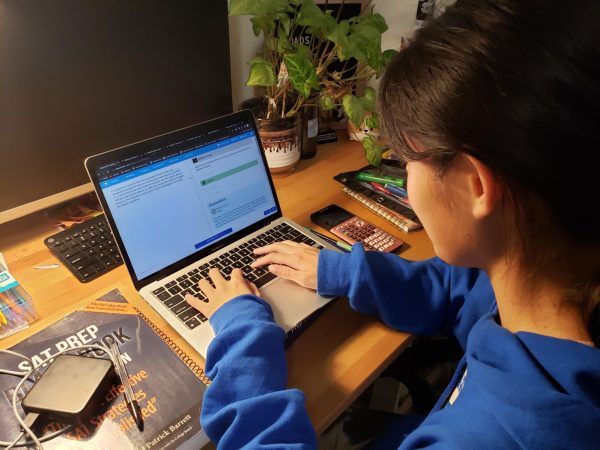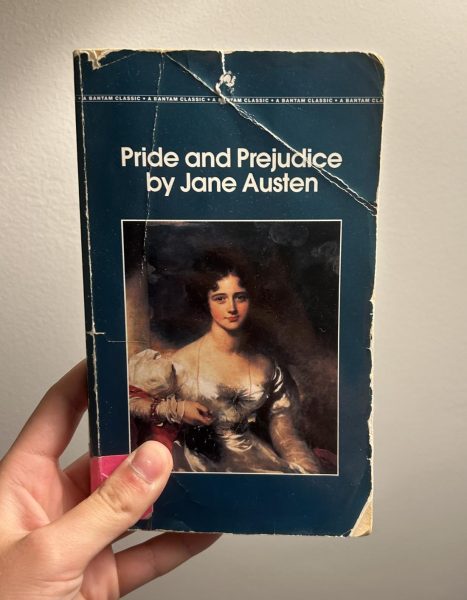Subtweeting: the art of avoiding face to face controversy
There are a lot of advantages to social media. It can be a place where people can stay connected to relatives and friends they don’t see often, it can be a great marketing tool for companies, and a place where shy voices can be heard.
However, some of those voices don’t always use their voice in the best way. It has become common practice amongst twitter users, including teenagers, to handle controversy indirectly using their phone.
This is mostly due to the phenomenon of subtweeting. When a twitter user writes a sly, indirect tweet about someone he or she knows, most of the time being classmates, it is often to fulfill an immature need to one-up others. They feel the need to assert their superiority through sneaky, degrading comments.
“Subtweeting allows them to indirectly call out someone or write derogatory comments. Not only can all of the subtweeter’s followers view the subtweet, but the victim of the comment usually notices it as well,” wrote Elena Spradlin of The All State at Austin Paey University.
This has become a growing concern is that teenagers do not understand the importance of healthy communication. Being able to communicate well with others is an important life skill and the way teenagers have been handling arguments with his or her peers shows the lack of education on this topic.
Teens now use social media as a way to intensify and aggravate an argument with a peer, mostly in the form of subtweeting, according to twitter user Olivia Miller, sophomore.
“Our generation takes advantage of technology. Someone could be a totally different person face to face compared to how they are on their phone,” Miller said. “We may be nice to someone and tolerate them in person, but a tweet about them could be a totally different story.”
The only way to fix this problem is to teach teenagers to put down their phones and learn to handle controversy the old fashioned way-face to face.

As a senior, Meggie is the Web Editor-in-Chief of Bear Facts Student Media. Previously, she was the Social Media Manager in charge of the staff Twitter...

